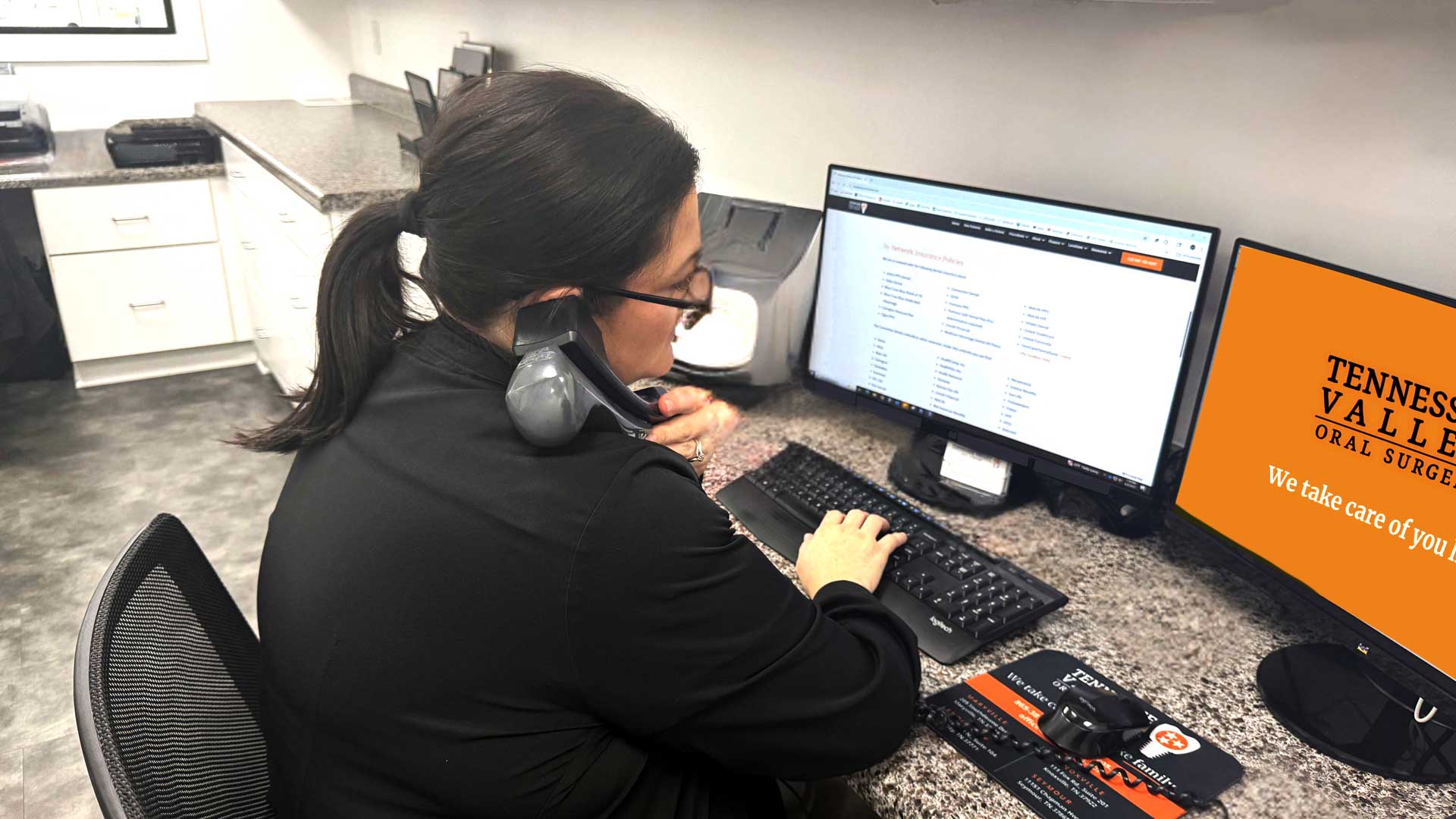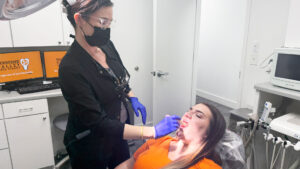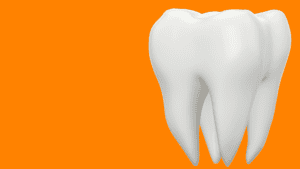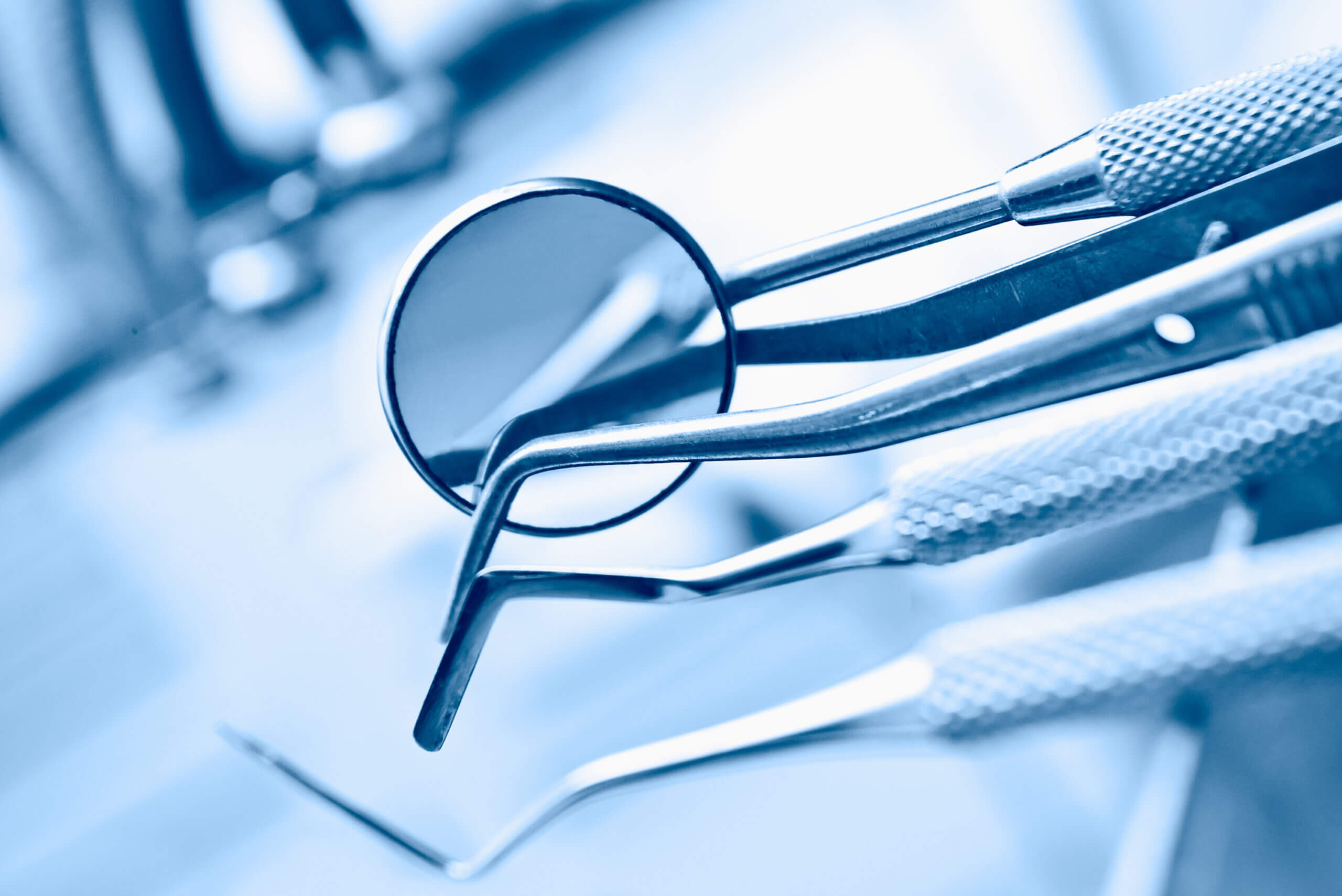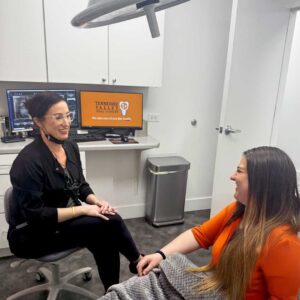At Tennessee Valley Oral Surgery, your health and peace of mind, as our patient, is our top priority, in every situation. We understand that concerns around radiation exposure during dental X-rays are common, and we’re here to clarify why dental X-rays are safe and how they play an important role in providing top-quality dental care.
What Is Radiation?
Radiation is a form of energy that travels in waves. It exists on a spectrum, from low-frequency waves like radio waves and microwaves to high-frequency waves, including X-rays and gamma rays. While higher-frequency radiation has the potential to interact with cells in our bodies, not all radiation is dangerous—its effect depends on the frequency and amount of exposure.
Types of Radiation and Everyday Exposure
The term “radiation” covers a wide range of energy sources, including light and radio waves. In medical contexts, we’re usually referring to ionizing radiation, which can create small electrical charges or ions in our body’s tissues. Although these ions can theoretically interact with cells, the risk to our health depends heavily on the amount and frequency of exposure.
Radiation is all around us. According to the United States Nuclear Regulatory Commission (USNRC), the average American is exposed to about 6 millisieverts (mSv) of radiation each year, split almost evenly between natural sources and medical tests.
Here’s a quick look at where this radiation can come from:
- Radioactive compounds in soil and building materials like concrete, brick, and stone
- Radiation from outer space that you encounter when you fly on airplanes or visit high-altitude places
- The mineral potassium in your own body (a small fraction of potassium, which our bodies need to function, is radioactive)
- Radon gas in the home, which accounts for about 2 mSv of exposure each year, and is the largest contributor of background radiation
Finally, there’s the kind of radiation released during nuclear reactions, such as what’s disseminating from Japan’s Fukushima Daiichi plant.
Here’s a look at various sources of radiation exposure, according to data from the Health Physics Society and the U.S. Environmental Protection Agency (EPA). To further put things in context, here are some common sources of radiation and the exposure they provide:
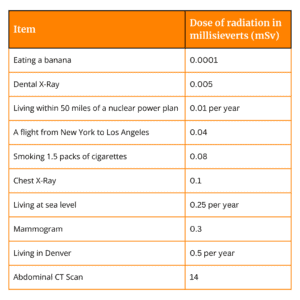
Source: PlanMeca
For example, a single dental X-ray only exposes you to about 0.005 mSv—a negligible amount by medical standards. To put this into perspective, it’s roughly the same as eating a banana, which contains a small amount of naturally occurring radioactive potassium.
Is There a Cancer Risk With Dental X-rays?
The National Council on Radiation Protection and Measurements considers any dose below 0.01 mSv to be negligible, meaning it poses no measurable health risk. At Tennessee Valley Oral Surgery, we use state-of-the-art digital X-ray machines, which minimize exposure even further. In low levels, the human body has enzyme systems that repair any minor cellular effects of this background radiation, keeping your risk extremely low.
Benefits of Dental X-rays in Oral Health
Dental X-rays provide critical insights that enable us to detect issues like tooth decay, gum disease, and even early-stage oral cancers—problems that may not be visible with a simple exam. This early detection can make a significant difference in treatment success and your overall oral health.
In addition to detecting disease, X-rays help us plan treatments more accurately, ensuring a smooth, effective approach that keeps you and your teeth healthy.
If you have any questions or concerns, please reach out to us. We’re here to discuss how X-rays play a safe, essential role in your care and help you make the most informed decisions about your oral health.
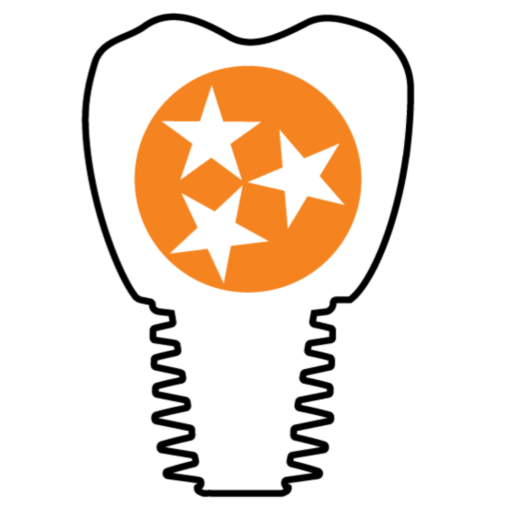
Schedule an Appointment Today
Are you a patient in the Knoxville, Lenoir City or Maryville, TN area needing oral surgery?
Have More Questions?
Check out our frequently asked questions to get more answers about your oral surgery procedure.
